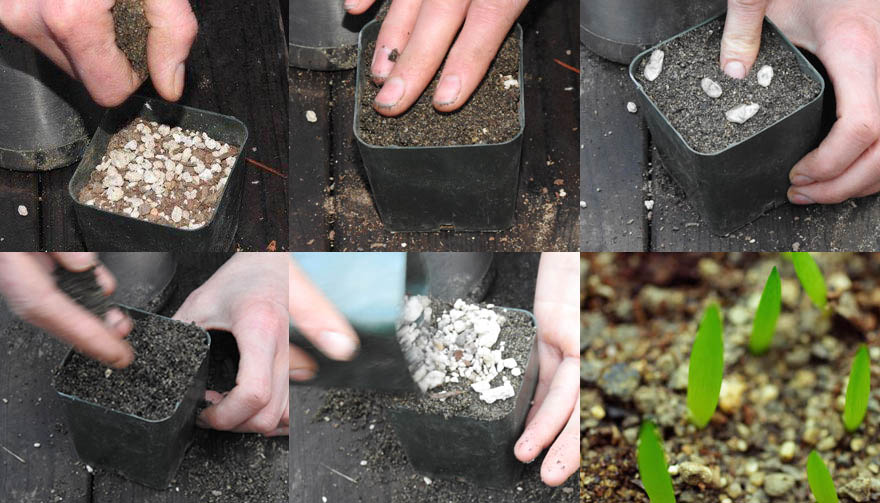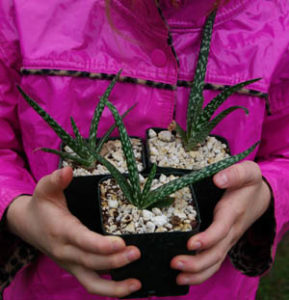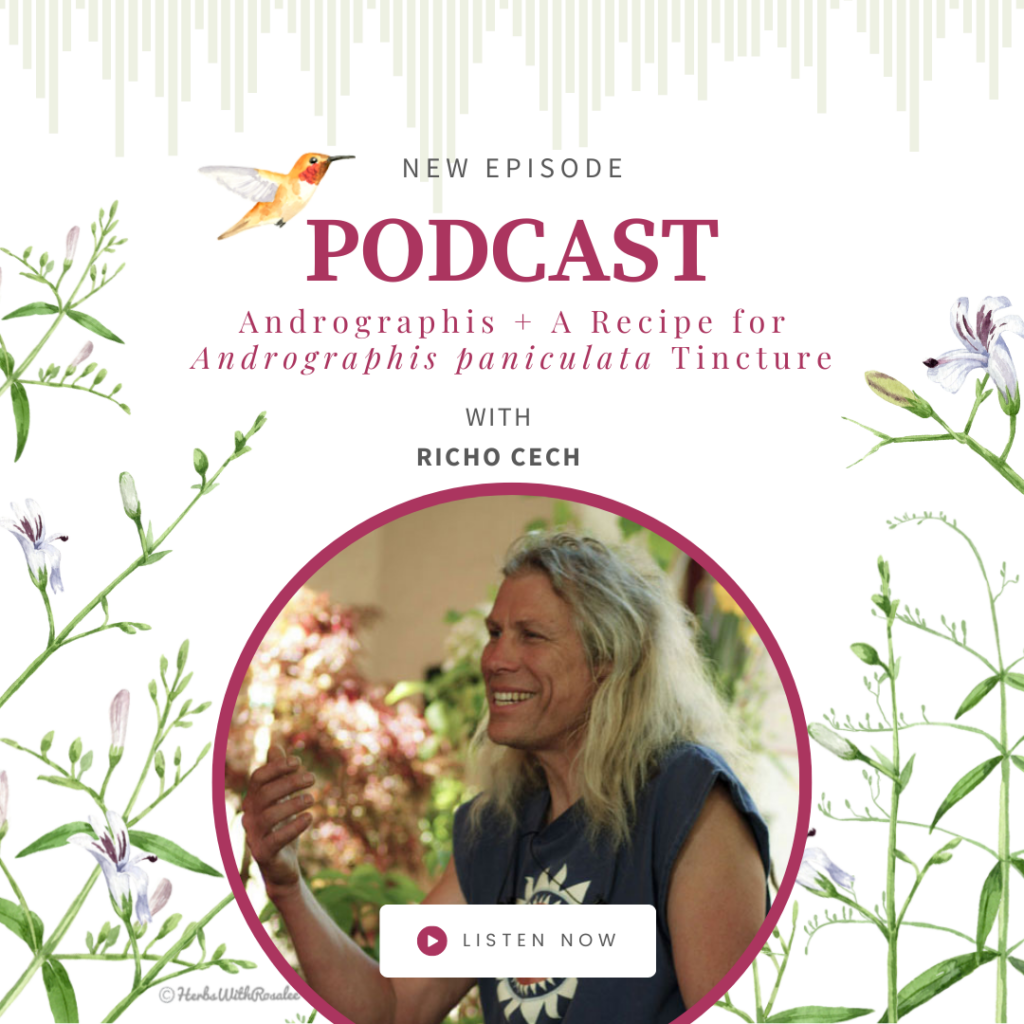
Sow seed in regular greenhouse conditions or indoors in a warm and light location. Use 4 inch square pots filled with potting soil composed of 50% sifted compost and 50% coarse, sharp sand or pumice. Add a small amount of wood ash. Commercial cactus mix or standard potting soil are both acceptable, although mixing your own potting soil using good organic compost is preferable. Horticultural grade white pumice is one of the most critical ingredients for growing and potting up Aloes, Cacti and other succulents.
Plant 5 seeds or more per pot (Aloes love crowding in the seedling stage). Place seed on soil surface and cover with 1/8 inch of coarse, sharp sand or grit (horticultural grit or the poultry grit sold at a feed store for giving to chickens). Then, cover with an additional 1/4 inch layer of white pumice. The grit holds the seed in place and keeps the seed from floating when being watered. The pumice shades the germinating seed and props up the fat little Aloe seedlings once they germinate and elongate. Tamp well and water once or maybe twice daily, keeping the planting warm and somewhat shaded. Water by misting from above. This grower does not use “bottom watering” as pots, pumice and seeds can easily float and the entire planting can be ruined.
 Place the pots or flat on a shaded bench in the greenhouse or in a very warm place indoors. Dappled sunlight is preferred to heavy shade. Optimal temperature is about 70 to 75 degrees F. Bottom heat tends to be brutal and is not really recommended. Water flats daily. Germination occurs in 1 to 3 weeks. At this point, keep warm, somewhat shaded and water a bit more sparingly (once every two or three days), allowing the surface to dry out between waterings. If the seedlings darken to a bronze color, this means they are getting too much light and possibly not enough or too much water. Adjust light level and watering schedule until seedlings green up again. Grow seedlings closely together for 3 months to a year, then individuate to pots.
Place the pots or flat on a shaded bench in the greenhouse or in a very warm place indoors. Dappled sunlight is preferred to heavy shade. Optimal temperature is about 70 to 75 degrees F. Bottom heat tends to be brutal and is not really recommended. Water flats daily. Germination occurs in 1 to 3 weeks. At this point, keep warm, somewhat shaded and water a bit more sparingly (once every two or three days), allowing the surface to dry out between waterings. If the seedlings darken to a bronze color, this means they are getting too much light and possibly not enough or too much water. Adjust light level and watering schedule until seedlings green up again. Grow seedlings closely together for 3 months to a year, then individuate to pots.
To plant (any) bare-rooted Aloe, first cover the hole in the bottom of the pot with a pot shard, put a layer of coarse, sharp sand or poultry grit in the bottom of the pot (2 inches or so deep), dangle the aloe seedlings down onto this bottom layer and then put a 2 inch or so layer of sifted organic compost or any kind of humusy potting soil around the roots of the aloe, then finish off with pumice or more sand on top of the compost and fill up to around the crown of the plant. Tamp all around to hold the seedling firmly upright. Do not water after transplanting–leave the plants for a week or 2 without watering at all. The seedlings will send down roots at this time, roots that would be discouraged by the presence of too much moisture. Watering to much and too soon after transplant will rot the plant. Once the plants have rooted in, water once a week or so during the summer, less frequently during the winter. Aloes do best outdoors in the rock garden (depending of course on winter temperatures and the cold tolerance of the particular species you are planting), or indoors on the windowsill with a northerly or easterly exposure. Aloes live on and on.


Hello,
I live in South Africa and have flowering Aloes in the garden. Out of interest I’d like to try growing them from seed.
With best regards,
Linda